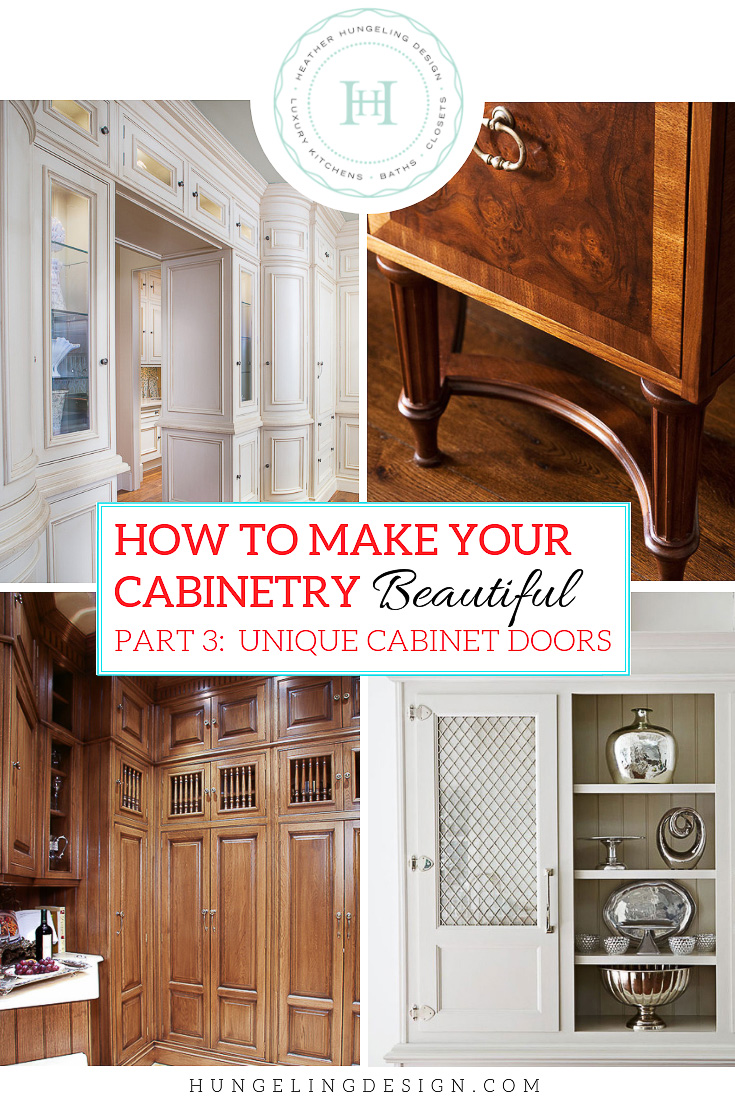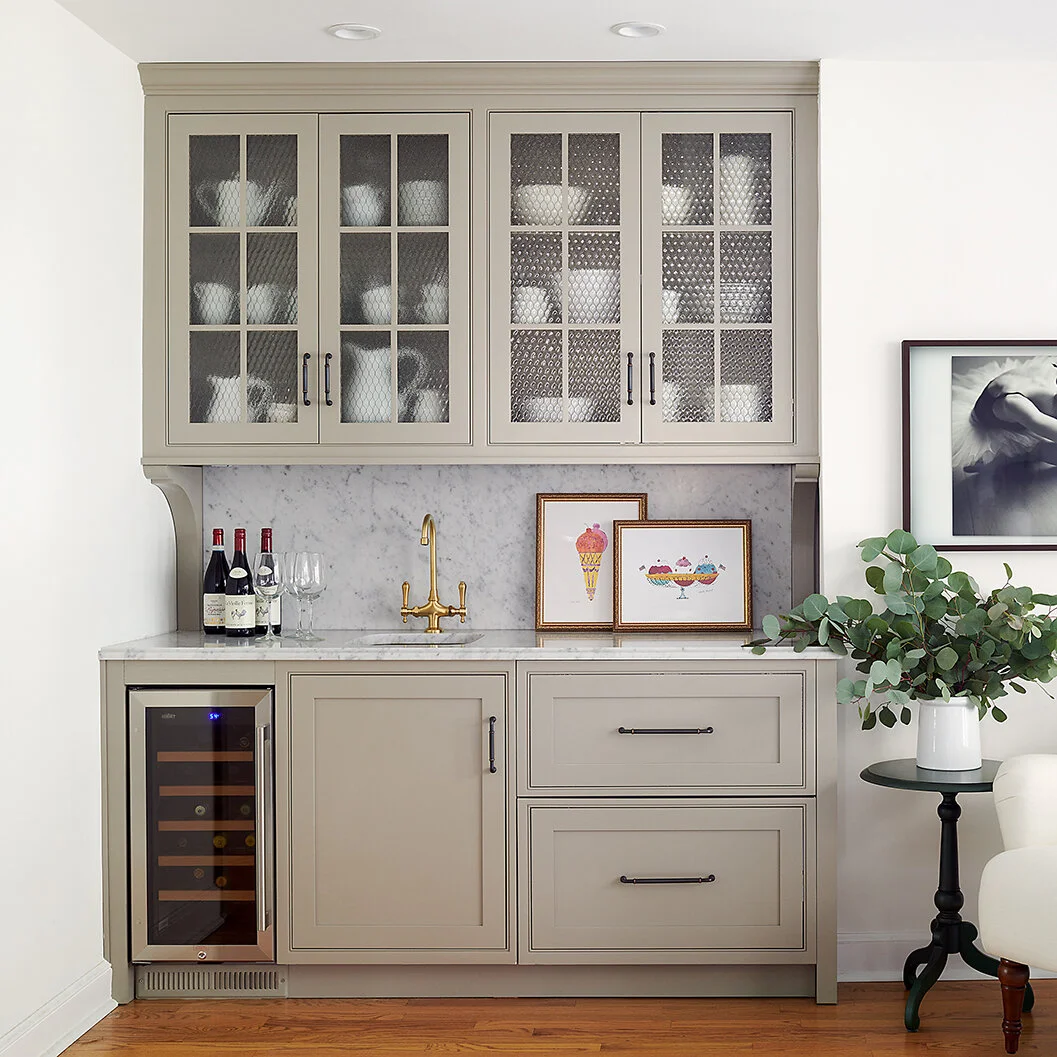All Categories
Featured
Door positioning is an important yet often underestimated component in home design. It not just affects the performance and appearances of a room but additionally adds to the overall consistency and livability of a home. By recognizing the concepts behind critical door positioning, designers and home owners can develop insides that stream perfectly, really feel balanced, and improve day-to-day living.
Doors are much more than access points; they determine how individuals browse and engage within a home.
Practical Tips:
Direct Pathways: Area doors in areas that straighten with all-natural strolling paths, reducing unnecessary detours. For example, a door resulting in the garage ought to link comfortably to the cooking area for easy grocery store discharging.
Clearance: Make sure sufficient area around doors to stay clear of problems with furniture or architectural components.
Access: In multi-generational homes, think about door sizes and limits that accommodate wheelchair aids.
The positioning of doors can significantly improve all-natural illumination and air flow, creating a much healthier and more inviting interior atmosphere.
Optimizing Strategies:
Align with Windows: Positioning doors contrary windows helps channel fresh air with the home, specifically in cozy environments.
Glass Panels: Integrate glass-paneled doors to brighten darker spaces and reduce dependence on man-made lighting.
Alignment: Place exterior doors to take advantage of sunlight at various times of the day. As an example, a south-facing door captures warmth and light in colder climates.
Efficient door placement respects the requirement for both shared and exclusive rooms within a home.
Positioning Strategies:
Buffer Zones: Make use of corridors or transitional locations to different private rooms like rooms from public locations.
Restrooms: Locate washroom doors out of straight sight from eating or living spaces to maintain discretion.
Office: Position doors to minimize sound and aesthetic distractions, especially in open-plan formats.
Doors add to the aesthetic language of a home and should be thoughtfully integrated into its layout.
Layout Tips:
Proportions: Make sure door sizes are symmetrical to the space's dimensions for a well balanced appearance.
Symmetry: Symmetrical door placement can develop a sense of order and elegance in shared spaces.
Visual Flow: Line up door styles and surfaces with the home's total layout style for consistency.
Door placement can play a critical function in maintaining indoor convenience and lowering energy expenses.
Energy-Saving Solutions:
Weatherproofing: Exterior doors should be secured and placed to reduce drafts and warmth loss.
Zoning: Use doors to produce thermal zones within the home, permitting targeted heating or air conditioning.
Sunlight and Wind Factors to consider: In gusty areas, location doors far from dominating winds or install windbreaks to boost energy performance.
Door placement typically carries deeper symbolic or social meanings, affecting layout choices.
Instances:
![]()
Feng Shui Concepts: According to Feng Shui, the primary entry ought to welcome favorable power (" chi") and stay clear of straight alignment with back entrances to avoid power loss.
Directional Placement: Some cultures think that certain door alignments bring prosperity or consistency.
Grand Entrances: A well-placed primary door can act as a sign of friendliness and openness.
![]()
Final Thoughts
The scientific research of door placement goes past functional considerations to form the means we connect and experience with our homes. By concentrating on activity, light, privacy, aesthetics, and also cultural ideas, you can guarantee that your home is not just useful however additionally a shelter of balance and appeal. Thoughtful door positioning changes a regular home right into a room that feels with ease developed and perfectly matched to its occupants.
- Facilitating Activity and Ease Of Access
Doors are much more than access points; they determine how individuals browse and engage within a home.
Practical Tips:
Direct Pathways: Area doors in areas that straighten with all-natural strolling paths, reducing unnecessary detours. For example, a door resulting in the garage ought to link comfortably to the cooking area for easy grocery store discharging.
Clearance: Make sure sufficient area around doors to stay clear of problems with furniture or architectural components.
Access: In multi-generational homes, think about door sizes and limits that accommodate wheelchair aids.
- Utilizing Light and Air
The positioning of doors can significantly improve all-natural illumination and air flow, creating a much healthier and more inviting interior atmosphere.
Optimizing Strategies:
Align with Windows: Positioning doors contrary windows helps channel fresh air with the home, specifically in cozy environments.
Glass Panels: Integrate glass-paneled doors to brighten darker spaces and reduce dependence on man-made lighting.
Alignment: Place exterior doors to take advantage of sunlight at various times of the day. As an example, a south-facing door captures warmth and light in colder climates.
- Balancing Personal Privacy and Openness
Efficient door placement respects the requirement for both shared and exclusive rooms within a home.
Positioning Strategies:
Buffer Zones: Make use of corridors or transitional locations to different private rooms like rooms from public locations.
Restrooms: Locate washroom doors out of straight sight from eating or living spaces to maintain discretion.
Office: Position doors to minimize sound and aesthetic distractions, especially in open-plan formats.
- Visual and Design Factors To Consider
Doors add to the aesthetic language of a home and should be thoughtfully integrated into its layout.
Layout Tips:
Proportions: Make sure door sizes are symmetrical to the space's dimensions for a well balanced appearance.
Symmetry: Symmetrical door placement can develop a sense of order and elegance in shared spaces.
Visual Flow: Line up door styles and surfaces with the home's total layout style for consistency.
- Power Performance
Door placement can play a critical function in maintaining indoor convenience and lowering energy expenses.
Energy-Saving Solutions:
Weatherproofing: Exterior doors should be secured and placed to reduce drafts and warmth loss.
Zoning: Use doors to produce thermal zones within the home, permitting targeted heating or air conditioning.
Sunlight and Wind Factors to consider: In gusty areas, location doors far from dominating winds or install windbreaks to boost energy performance.
- Cultural and Symbolic Viewpoints
Door placement typically carries deeper symbolic or social meanings, affecting layout choices.
Instances:

Feng Shui Concepts: According to Feng Shui, the primary entry ought to welcome favorable power (" chi") and stay clear of straight alignment with back entrances to avoid power loss.
Directional Placement: Some cultures think that certain door alignments bring prosperity or consistency.
Grand Entrances: A well-placed primary door can act as a sign of friendliness and openness.

Final Thoughts
The scientific research of door placement goes past functional considerations to form the means we connect and experience with our homes. By concentrating on activity, light, privacy, aesthetics, and also cultural ideas, you can guarantee that your home is not just useful however additionally a shelter of balance and appeal. Thoughtful door positioning changes a regular home right into a room that feels with ease developed and perfectly matched to its occupants.
Latest Posts
Take Advantage of Limited-Time Auto Repair Deals in Chicago at Montclare Auto Repair
Published May 28, 25
1 min read
Improve Your Home's Outside with Weathercraft's Siding Solutions
Published May 27, 25
1 min read
Unlock Your Financial Partner at WyHy – Key Advantages for Your Financial Success
Published May 25, 25
1 min read
More
Latest Posts
Take Advantage of Limited-Time Auto Repair Deals in Chicago at Montclare Auto Repair
Published May 28, 25
1 min read
Improve Your Home's Outside with Weathercraft's Siding Solutions
Published May 27, 25
1 min read
Unlock Your Financial Partner at WyHy – Key Advantages for Your Financial Success
Published May 25, 25
1 min read